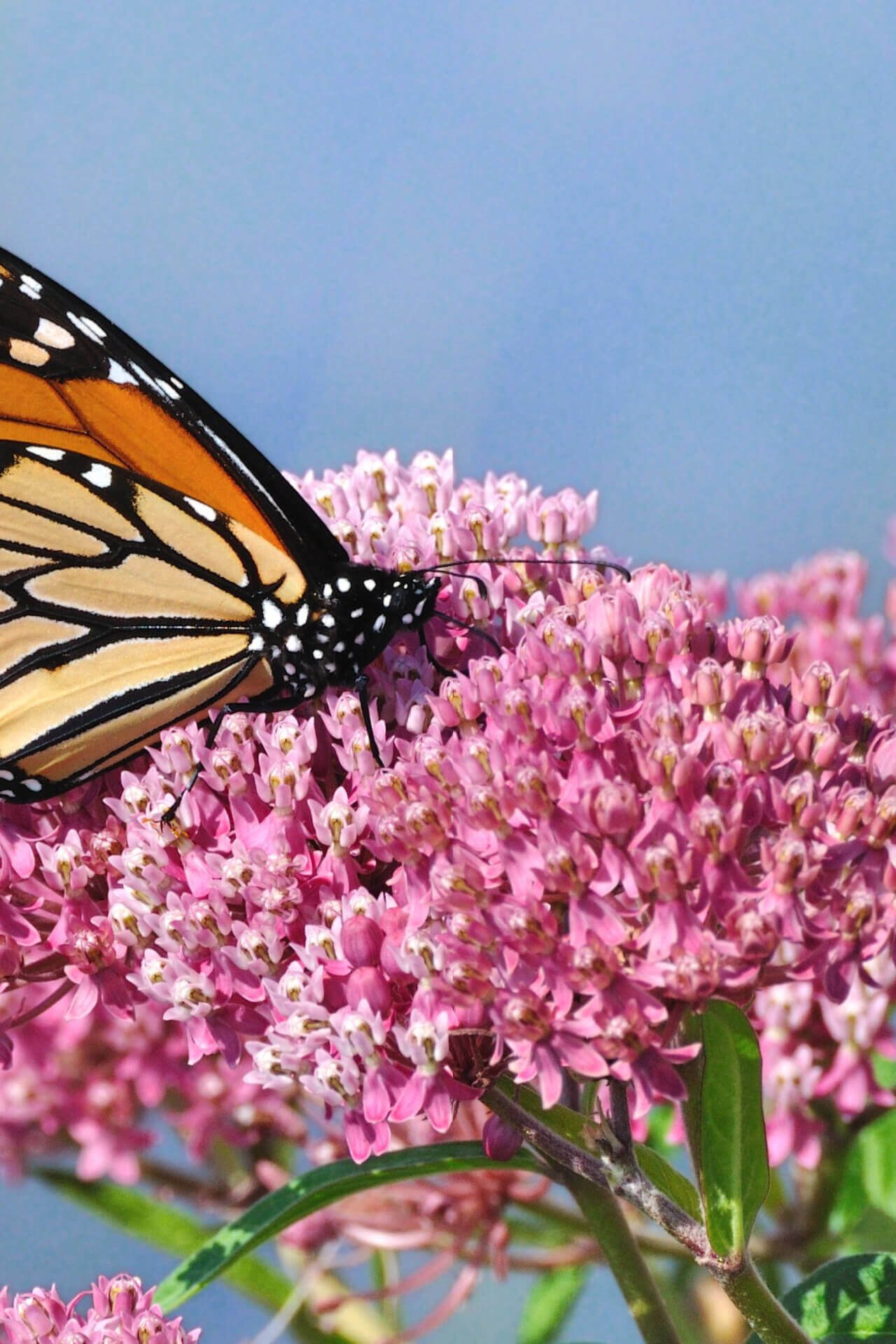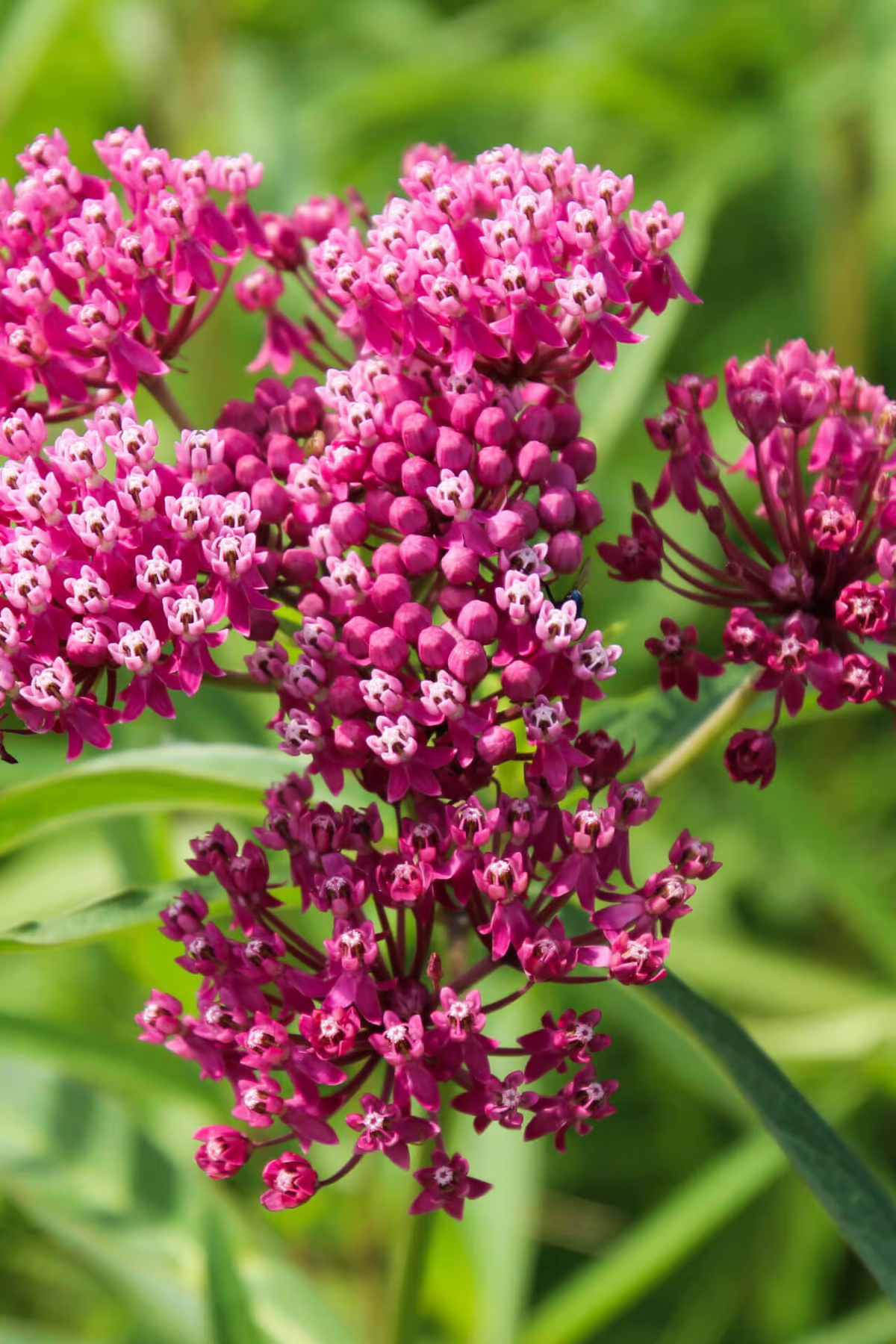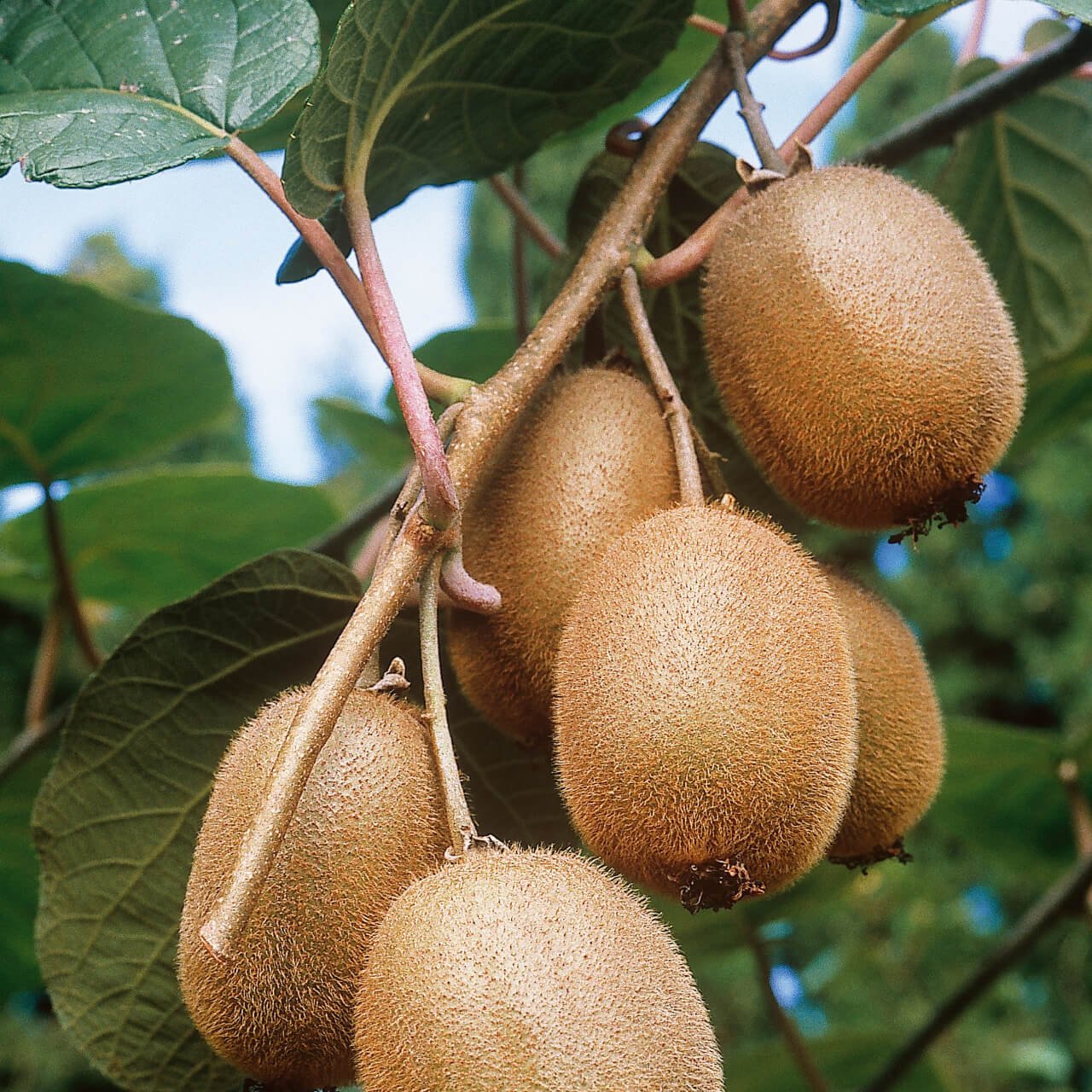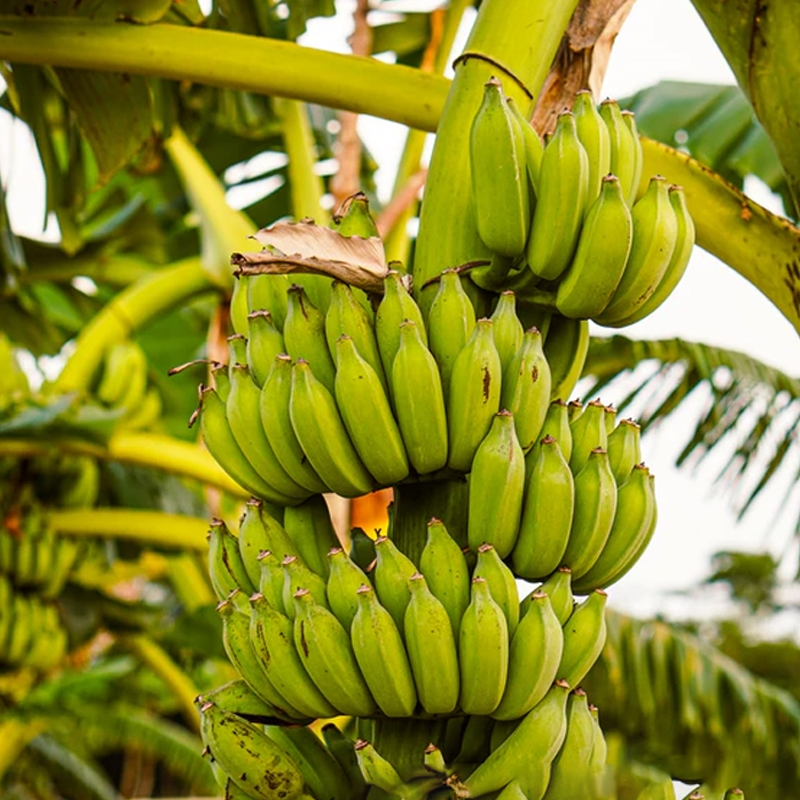



Milkweed Plant
Attracts beautiful monarch butterflies
Provides vital habitat for wildlife
Beneficial for ecosystem balance
Thrives in
ZONE 3ZONE 4ZONE 5ZONE 6ZONE 7ZONE 8ZONE 9This plant ships:
Ships Now (5-7 Days)Milkweed Plant - Asclepias incarnata
Swamp Milkweed (Asclepias incarnata) is an herbaceous, perennial plant native to the Eastern United States. It is well known for being the host of the Monarch butterfly, but is also important for bees, butterflies, and other pollinators!
Family: Dogbane (Apocynaceae)
Light Requirement: Full
Water Needs: High
Height: +12 ft.
Spread: Slow
Growth Rate: Fast
Bloom Time: Summer
Flower Color: Pink
Wildlife Value: Attracts bees, butterflies
Landscape Uses and Maintenance - Milkweed
The large, dramatic clusters of star shaped flowers (umbels) at the top of milkweed plant are fragrant and pastel pink. In the fall, the green ornamental seedpods give way to silky, floating seeds that take to the skies.
From gracing the back of the border in a small space to making a statement over a wide meadow, it truly makes a stunning focal point. Add it to your sunny border, pollinator and butterfly garden, and enjoy your happy, buzzing visitors! You will be happy, too.
Don’t have a fence? Worry less. Due to toxic “milk” inside the stems, this plant has built-in, high deer resistance. Deer and other critters like squirrels and chipmunks, will avoid milkweed in your garden.
As a naturalizing plant, one clump will spread and turn into many that you can enjoy over the years! Give each plant room to spread out. Water deeply and regularly in its first growing season to give the roots a good drink and to allow them to take root strongly.
Noteworthy Characteristics
The genus name of milkweed plant, Asclepias, references Greek god Asklepios, god of medicine.
Commonly found in swamps, bogs, and alongside rivers, this plant is tolerant of having wet feet and will tolerate highly moist conditions. Great for rain gardens and low spots in your garden that collect water.
Create an effortless, natural pairing with other native perennials including cardinal flower, chelone, and ironweed.
This plant has great ecological benefit: with nectar-rich flowers, this is a pollinator favorite for hummingbirds, bees, and butterflies alike. This is the only food supply for the Monarch butterfly in its larval stage. Mother Nature will thank you for growing it!
This Is How Your Plants Will Look upon Delivery

Bloom Season
Summer
Bloom/Foliage Color
Pink
Height at Maturity
Over 12"
Care
Milkweed plants thrive in well-drained soil and prefer a moderate amount of water. They’re drought-tolerant once established. Prune dead stems in late winter to early spring. They attract pollinators and provide habitat for monarch caterpillars. Avoid over-fertilizing.
Plant Reproduction
In the right conditions, milkweed plants can spread aggressively by runners or by reseeding.
Shipping date depends on the date displayed and chosen when you order from the product's page.
We only accept returns on plants verified dead. If you think your plants have died, we offer a 1 year warranty, please use this File a Claim Link to verify dead plants and start with return warranty process.






Conserves Native Species:
Supports the conservation of monarchs and other native species, promoting environmental sustainability.
Monarch Butterfly Magnet:
Milkweed attracts and supports monarch butterflies, making it essential for butterfly gardens.
Supports Biodiversity:
Attracts various pollinators, promoting a healthy and diverse garden ecosystem.
Aesthetic Appeal:
Features vibrant pink to mauve flowers, adding striking color and texture to gardens.
Caring Tips
How do I care for my Milkweed Plant?
Each box contains detailed care instructions and information about your product. But here's the basics.
Care Tips
Milkweed plants thrive in well-drained soil and prefer a moderate amount of water. They’re drought-tolerant once established. Prune dead stems in late winter to early spring. They attract pollinators and provide habitat for monarch caterpillars. Avoid over-fertilizing.
Light Requirements
Milkweed plants thrive in full sun, requiring at least 6-8 hours of direct sunlight daily. They prefer bright, sunny locations with well-draining soil, promoting robust growth and attracting pollinators such as monarch butterflies.
Hardy Planting Zones
3 • 4 • 5 • 6 • 7 • 8 • 9
Header
Use this content to share information about your store and products.
Frequently Asked Questions
How often should I water my plants?
How do I know if my plant is getting too much or too little sunlight?
What should I do to prepare my plants for winter?
What are the signs that my plant needs fertilizing?
How can I prevent pests from damaging my plants?
How do I choose the right plant for my climate zone?






